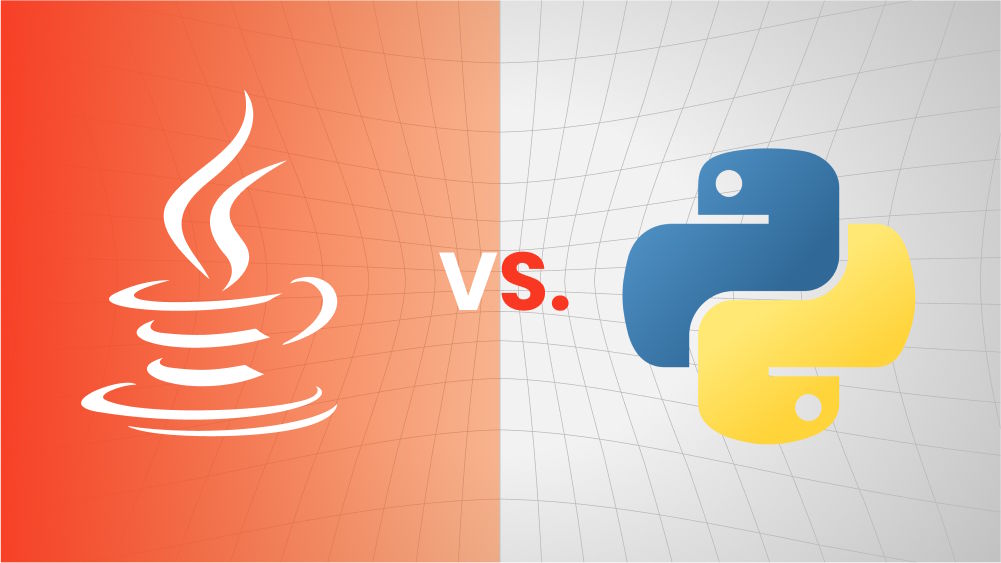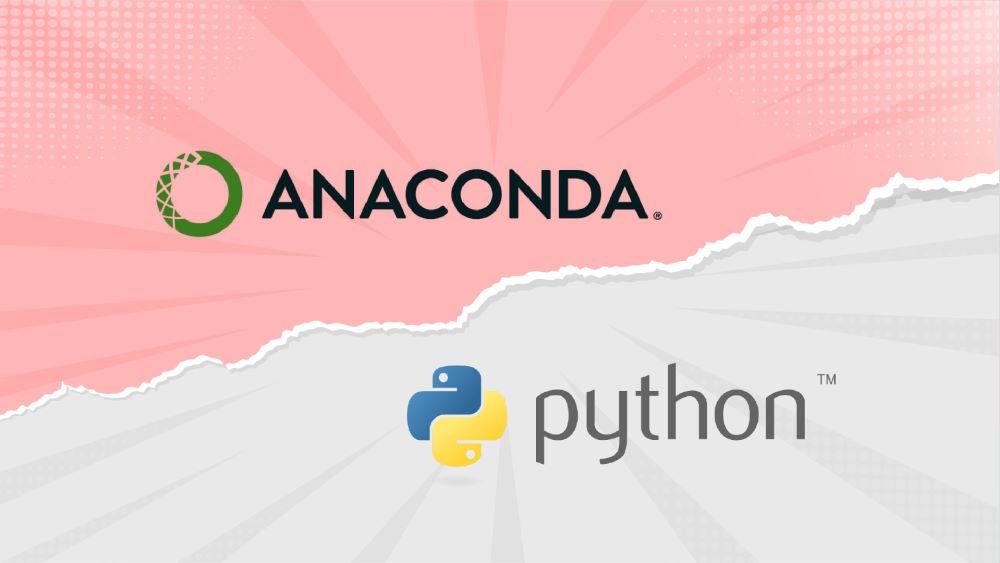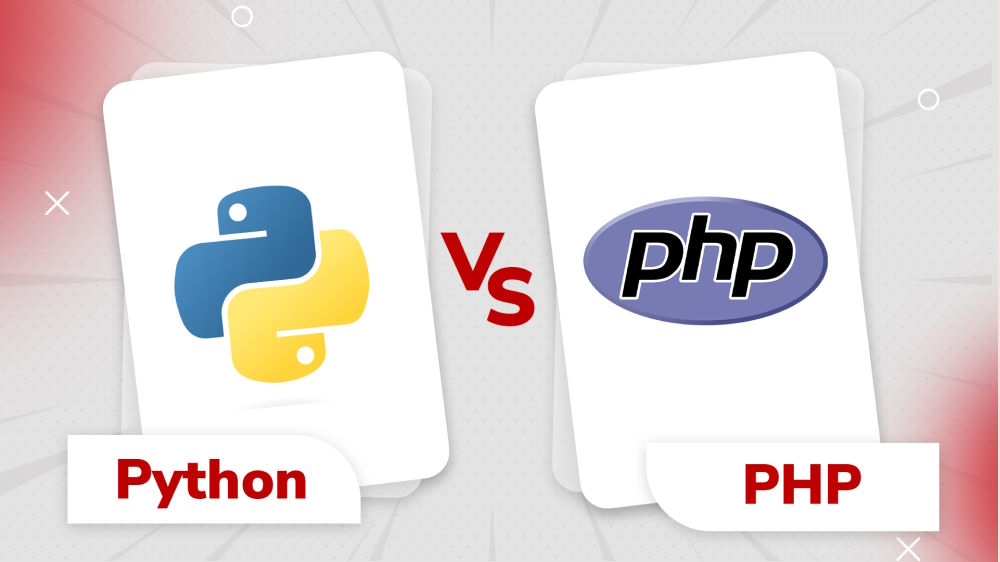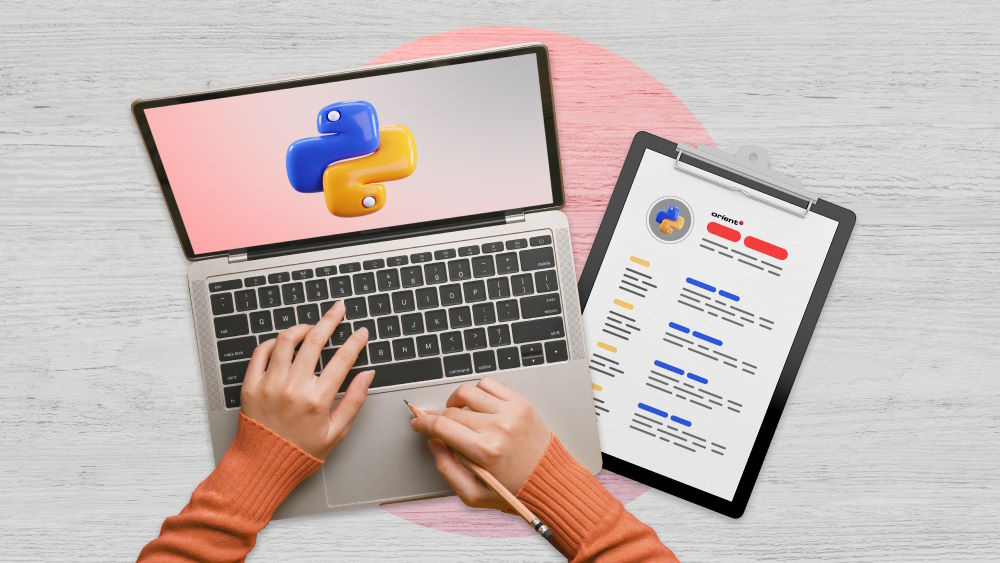Golang Vs. Python Performance: Which Programming Language Is Better?
Go or Python; each has its own strengths and limitations. The right choice comes down to what kind of project you are working on. Our comparison of these two programming languages can help you consider which one to go with.
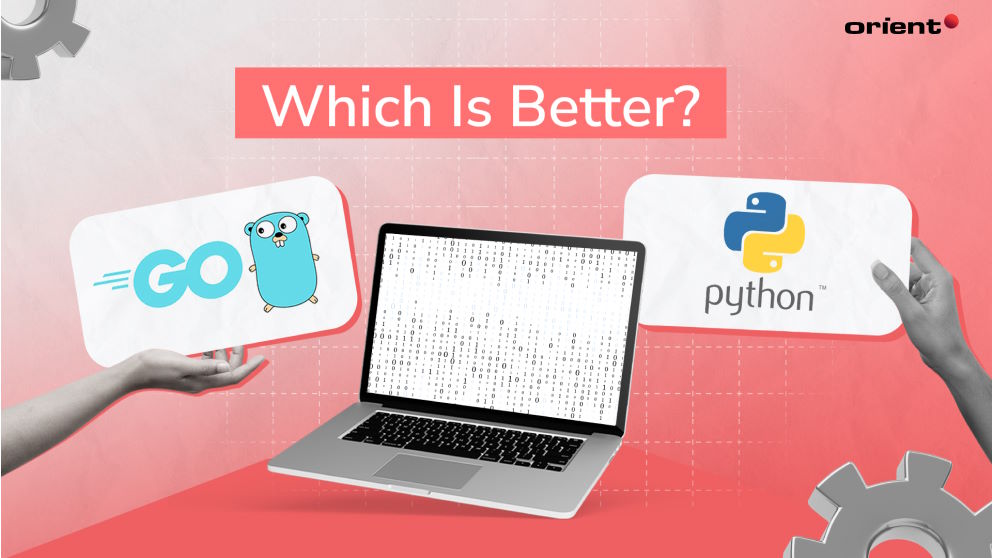
Content Map
More chaptersCreated by Python Software Foundation and Guido van Rossum in 1991, Python is a popular general-purpose, high-level programming language. As of 2022, the size of the global Python community is 15.7 million developers.
Golang, on the other hand, is a much younger language program. Golang was first developed in 2007, and version 1.0 was released in March 2012, with the goal of supporting network and multicore computing while also facilitating faster coding. It has established a community of around 1.1 million developers globally. When compared to Python, however, this number seems rather small.
Does that mean Python is a better language program? Is Golang’s performance not as impressive as that of Python? This article aims to find the answer to that question. Read on to further understand Golang vs. Python performance - the key differences and how to choose the language that is right for you.
Key Takeaways:
Go or Python; each has its own strengths and limitations. Hence, they prove optimal for projects that align with their respective capabilities. Between Golang and Python, no programming language is better than the other. It is just which one will be more suitable for a particular project in terms of requirements and goals as well as the expertise of the development team.
- Golang, known for its simplicity and efficiency in concurrent tasks, is well-suited for systems programming, cloud services, and large-scale distributed applications.
- Python, with its vast ecosystem of libraries and frameworks, is the right choice for web development, data analysis, artificial intelligence, machine learning, and rapid prototyping.
Everything You Need to Know About Go
It is difficult to accurately judge something when you don’t have an adequate understanding of it. Therefore, the first step is to recap what Golang and Python are all about.
What Is Go?

First things first. Why is the Go programming language often called Golang? Back then, programmers chose to launch golang.org, a combination of Go and language, because “go.org” was not yet available. That’s why the terms Go and Golang are used interchangeably, but the official language name is Go.
With that out of the way, what exactly is Go?
Go is an open-source, statically typed, compiled programming language created by Google. The main aim of the Go inventors was to make programming easier and faster by combining the simplicity of interpreted and dynamically-typed programming languages with the speed and security of statically-typed and compiled languages.
What Is Go Used for?
Originally, Go was designed for networking and infrastructure applications. It was created to compete with the widely-used, high-performance, server-side programming languages such as Java or C++.
Today, Go can be used for a wide range of applications, including:
- Cloud-based applications
- Server-side applications
- DevOps/ Site Reliability Automation
- Command-line tools
- Micro-controller programming
- Robotics
- Games
Golang’s Unique Advantages
What makes Go special? Go was described as the “code that grows with grace” by Andrew Gerrand at the Strange Loop conference in 2012. This quotation still holds true to this day due to its strengths.
Simplicity
Many developers agree that Go’s learning curve is low. It is known to be an easy-to-learn language program. There is even a famous saying that states the entire Go spec can be read and understood in one afternoon.
Garbage Collection
The language includes effective garbage collection that does away with the hassle of manual memory management.
Suitable for High-performing Applications
Go makes it comparatively simple to create high-performing apps because it was created for automation at a big scale.
Speed
Go is well-known for its speed. For the vast majority of tasks, Go’s performance is on par with that of C. It is as quick as can be because it compiles directly to machine code. In relation to recognized programming languages for their development speed (e.g., JavaScript, Python, and Ruby), it is much faster.
Concurrency
Golang has the ability to juggle multiple tasks at a time. Goroutines are functions that run in the background while the rest of the program is running. Simply put, you can launch a goroutine, ask it to run, and it’ll keep running while thousands of other goroutines are running in the background. Goroutine will even take care of problems such as network timeout or database failure.
Golang’s Drawbacks
With all that being said, no programming language is perfect. Golang also bears certain drawbacks.
Limited Generics Support
For a long time, Golang didn’t provide any generics. In Go 1.18, however, generic types and functions were finally introduced. Still, the generics don’t have full support. For instance, generic argument methods are not implemented. Thus, the creation of specific data structures is hindered by the lack of generic support.
Too Simple
The simplicity of Golang can be like a double-edged sword sometimes. The language might not be able to provide you with functions like map or reduce.
Lack of Framework
Unlike other language programmers, Golang programmers don’t have access to any frameworks.
Everything You Need to Know About Python
What Is Python?

Python is an open-source, interpreted, object-oriented, high-level, dynamically semantic programming language. The easy-to-understand syntax of Python emphasizes readability, thus reducing the maintenance cost of the program. It would help to break down the definition to better understand what Python is:
- Open-source: It is free and can be used for further enhancements, such as adding useful features or fixing bugs.
- Object-Oriented: It is based on objects rather than functions. It has defined attributes and methods.
- High-Level: It is more human-friendly than computer-friendly.
- General Purpose: It can be used to build any kind of program.
As a general-purpose language, Python can be used to make many various types of programs and isn’t tailored for any particular issues.
What Is Python Language Used For?
One major reason behind the rapid growth of Pythons’ user base is the fact that it is suitable for all forms of programming. Python is widely used in data science and others. Some of these include:
- Data analysis
- Data visualization
- Machine learning
- Software development
- Web development
- Task automation/ Scripting
- Database Programming
- Quick prototyping
Python has a variety of applications. However, you don’t necessarily need to be a software developer to use Python. Thanks to its robust network with powerful data-processing libraries, enabling data scientists to carry out complex numerical calculations.
Python’s Unique Advantages
Python programming language has one of the biggest user communities. This can certainly be attributed to numerous strong points during any given software development process.
Huge Community
As mentioned earlier in the article, Python has 15.7 million users worldwide. This in and of itself is a huge advantage, as there is always community support ready when you encounter a problem.
Easy to Learn
Even for beginners, Python is easy to learn, thanks to the features of a simple syntax that is similar to a natural English language.
Speed
Python is a dynamically typed coding language that is not designed to be written from the ground up but rather to facilitate the integration of components. These components are intended to be reusable, while the interface between components and scripts is well-defined. This allows to accelerate the development speed of software development, making Python highly concise and productive.
Large Libraries
Python libraries are extensive and provide a wide range of comprehensive additional libraries and modules. This well-documented resource makes coding much easier.
Python’s Drawbacks
Despite its versatile applications and extensive libraries, Python also holds certain disadvantages.
- Runtime Error: Python displays more at run time due to its dynamic nature.
- Speed: As Python is an interpreted language, its execution time can be slower compared to other languages. This can be an issue if a developer is working on a real-time application or high-level program.
- Weak Mobile Computing: Even though there are libraries that exist for the purpose of mobile application development, developers often prefer other languages other than Python.
- Underdeveloped Database Access Layers: Python isn’t applied in huge enterprises due to its underdeveloped access layers.
Go vs. Python: Key Performance Differences

Now that we have an overview of GO and Python programming languages, it is time to dive deep into their performance. It’s crucial to examine a language’s stability and scalability in addition to its speed when evaluating its performance.
Code Execution
How does code execution in Python and Go work? Python is a dynamic language, while Golang is a static-typed one. Python uses an interpreter and a compiler. But unlike Python, Golang uses neither.
What are the distinctions between statically and dynamically typed languages? In statically-typed languages, variable types are defined explicitly for the compiler, so even the smallest errors can be spotted quickly. Dynamic-typed languages, on the other hand, require type inference to be implemented by the interpreter, which may result in some defects due to misinterpretation.
This means when working on large software systems, dynamically typed languages like Python pose certain restrictions. However, statically typed languages like Go can run both types of programs simultaneously.
Overall, between the two program languages, Golang has greater advantages over Python in terms of raw execution speed. However, this is not to say Python is slow by any means. Due to its simplicity, Python programming languages often allow a faster development process.
Readability
Code readability is crucial when you are working in a team with dozens of other developers. Python is a language that emphasizes readability, so it goes without saying that its codes are extremely readable. Frictions can emerge, nonetheless, because Python allows a single line to be written in several different methods. This might result in misinterpretation.
Golang is almost the opposite, with very strict code standards. Since the strict standards suggest a certain way of writing the codes, they are less likely to be misinterpreted.
Given that Python is one of the most widely used programming languages, it has many advantages over Golang in terms of readability. Go is used more frequently by specialists.
Scalability
Scalability is crucial in today’s economy. Every business is more likely to grow with time.
As mentioned earlier, Golang has inbuilt concurrency. The language was designed to scale up and down to meet any business demand. After all, Go was designed by Google and for Google.
Python has been widely adopted for both small and large-scale applications. Even then, it still exhibits scalability limitations compared to Golang due to the parallelism of its process channeling.
All in all, Golang holds clear benefits when it comes to scaling.
Bonus: Machine Learning
The two programming languages are suitable for machine learning development platforms. However, the Python language is considered to be the preferred language for this purpose.
It is more beneficial to use Python for machine learning projects due to the machine learning plugin, algorithm, model prediction other relevant packages available in Python’s libraries. Golang has not yet been able to handle the complex debugging.
Go vs. Python: Which One Is Better?
It ultimately comes down to what kind of project you are working on.
If you are looking for built-in support for concurrent programming like in cloud computing or cluster computing, quickly setting up a web server, backend development, microservices, and server-side applications, Golang would be a wonderful choice.
However, if you are looking to build something involving deep learning, data analytics, web development, or artificial intelligence - or in short, a language for data scientists, Python is usually the go-to choice. After all, the extensive machine-learning libraries make the process much easier.
In conclusion, both languages are brilliant in their own way. Always take the nature of your project into consideration when choosing the systems programming language you wish to work with. However, if you still find the task of choosing the right language program for the project ahead to be challenging, let the Orient Software team help you. We care about your business success and delivering the best results. You won’t have to worry about purchasing hardware or software, building an entire in-house team from scratch, or even going through the painful process of hiring developers. Orient Software has you covered.


